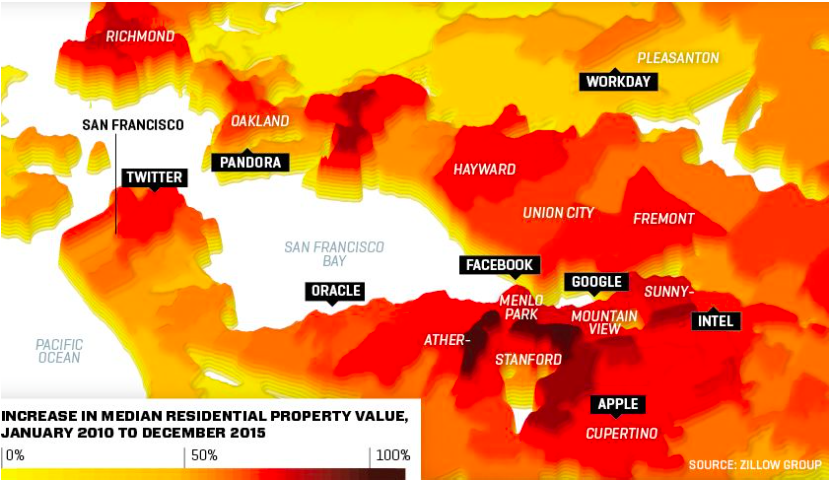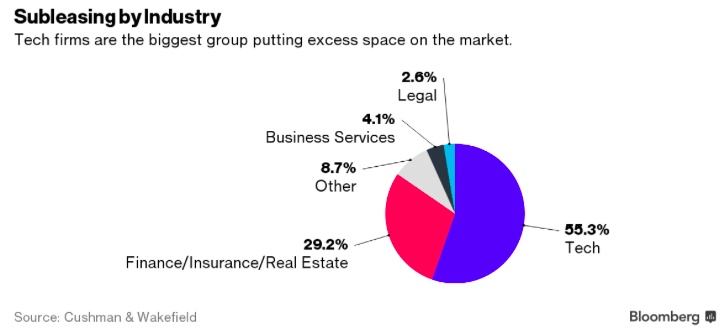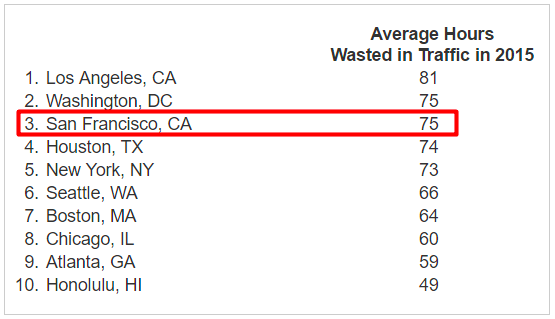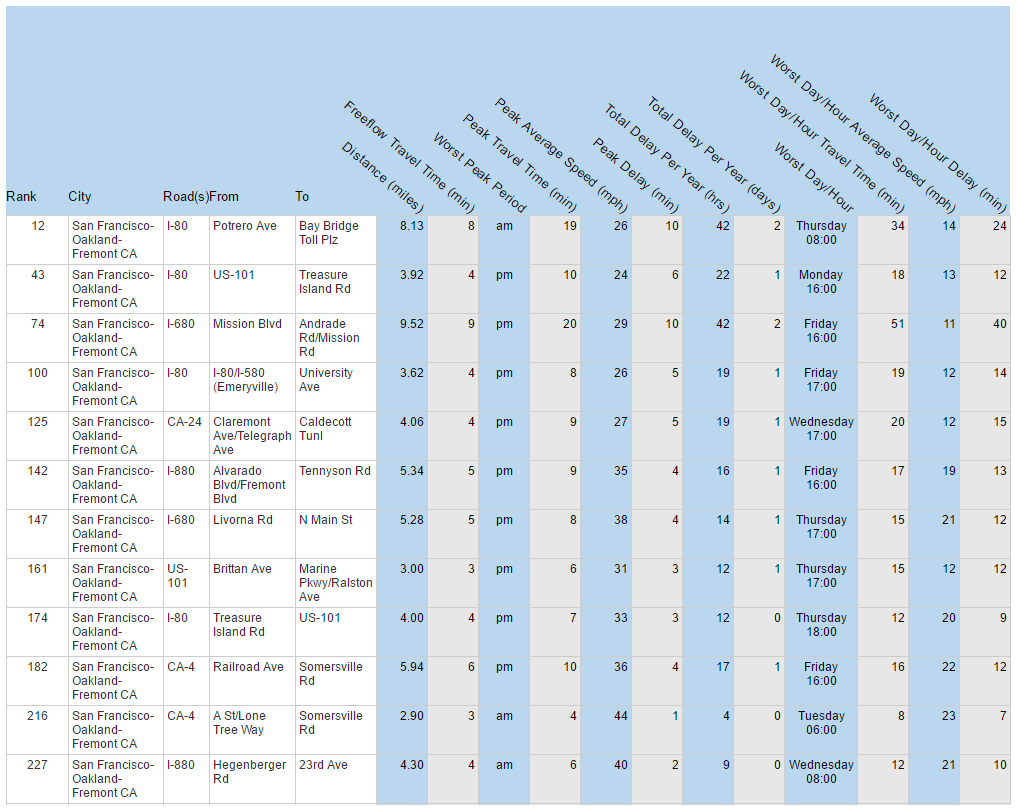|
While SF is notoriously known for its rapidly rising home prices, the city's neighboring towns have far exceeded its growth. Between January 2010 to December 2015, home prices rose more than 70% in some SF neighborhoods, according to Zillow. But in Palo Alto between Stanford and Google, prices climbed 104% - and 101% in CEO tech haven. Let's see what the rest of 2016 brings.
Despite the rising home prices, SF's commercial real estate market may be foretelling a slowdown in the city's heated tech-driven economy. Recently there has been very little room to rent for companies in SF. Supply is tight enough that office rents here have even topped Manhattan’s to become the nation’s most expensive.
Office subleasing, an early indicator of past downturns, is at the highest level since 2010. Twitter, Intuit, and Zenefits are among the tech companies putting excess space on the market, showing signs that they are slowly but surely shrinking in size with no plans to expand anytime soon. Speaking of shrinking startups, a report came out yesterday that shows Fidelity recently slashed down the valuation of some big startups that have delayed going public (i.e. Dropbox, Cloudera, and Zenefits). Signs of a correction in the SF job market may translate to a correction in the housing market too. On a scale of 1-10, how depressingly familiar does this traffic look? With all the awards and recognition the Bay Area could've gotten, we managed to claim the bronze medal for Worst Traffic in America with an average of 75 hours wasted in traffic in 2015. Yay, go us. And here you have your worst traffic corridors of 2015. Now you know exactly where and when not to drive. Unfortunately, BART is not much better. With the Bay Area's population growing by 90,000 in just one year, it might be time to work from home. Oh, and speaking of home, you can find your next one here: http://www.michaelato.com. How convenient!
|
Michaela ToAll things real estate. Categories
All
Archives
April 2022
|





